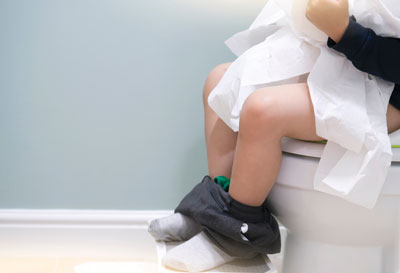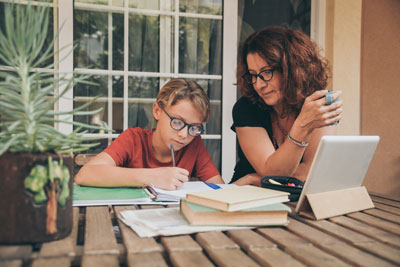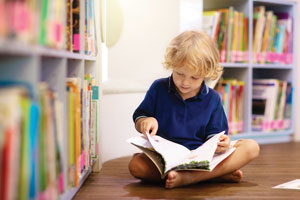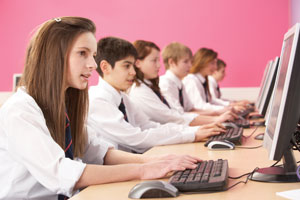
by Neil Harris
Shoreham College Junior School
Much like farming, teaching has its own cyclical rhythm. We mark the passing of time not by the calendar alone but by familiar milestones: the excitement of a new term, the joy of the harvest festival, the sparkle of Christmas concerts, the splash of swimming galas and the cheers of sports days. Each new school year, like the start of a growing season, carries with it optimism and promise. The first page of a brand-new exercise book lies open, waiting to be written, every possibility still ahead.
For Forest School practitioners, that rhythm is felt even more keenly. Nature itself becomes our clock, and the shifting seasons write their lessons all around us.
As the seasons roll by, their transitions are mirrored in the landscape. Because my Forest School is based within a school setting, our year begins in September. While we look forward to the start of a new academic cycle, the forest is already preparing for its winter sleep – but it’s not quite done yet.
If you know where to look, the forest offers polished treasures hidden within spiky seed pods. Shiny brown chestnuts and horse chestnuts, acorns and winged ash seeds are amongst the most coveted prizes for many children. Their smooth surfaces glint like jewels in small hands, and beyond the thrill of the find, they lend themselves to a wealth of activities: threading, counting, crafting or even serving as the currency in elaborate role-play games.
Meanwhile, the elder bushes hang heavy with berries, their clusters almost black, glistening like beads against the fading green leaves. Crushed, they release a deep, inky purple – perfect for art projects, or for brewing up ‘magic potions’ in the imaginative world of children’s play.
Yet this is also the moment for gentle reminders: the forest provides not just for us but for its wild inhabitants too. Birds feast on these berries, and the purple splatters beneath their favourite perches become vivid clues for young nature detectives and a warning to leave plenty on the tree for the wildlife we share this space with.
As the bright hues of autumn fade into winter, the bones of the forest are revealed. Skeletal trees shiver in icy winds and we gather close to the fire – not only for its cheerful glow but for its comforting warmth, a beacon against the cold.
Winter is also a season of beginnings, the perfect time for planting tree whips – young saplings with slender stems and neat, compact roots that slip easily into the earth. In our setting, we aim for every child to plant a tree during their time with us, a lasting mark that they were here and an opportunity to give back to the woodland that nurtured them.
Spring is, without doubt, my favourite season in the forest. In the earliest days, when the ground still holds winter’s chill, the spring bulbs push their snouts through the frozen soil – a small but thrilling promise of warmer days to come. By the season’s height, the woodland has transformed into something close to magical.
Cow parsley and elder burst into bloom, their umbels creating clouds of creamy white that froth through the undergrowth like a bridal bouquet scattered across the forest floor. The air grows heavy with their delicate scent, challenged by the sharper, more pungent aroma of wild garlic as it unfurls its star-like blossoms. The woods in spring are alive not just with colour and fragrance, but with activity.
For our young explorers, this is a season of discovery: blindfolded scent trails that sharpen the senses, hapa zome prints (the magical art of textile or paper printing with plants and flowers) that capture fleeting blooms on cloth and paper and exciting stakeouts beside nesting boxes. And for those who feel overburdened, ten minutes spent watching harassed songbirds flitting back and forth to their chicks helps to put life in perspective.
The start of spring is unmistakable – a sharp jolt waking the forest from its winter slumber. Summer, by contrast, creeps in almost unnoticed. As the days lengthen and the soil warms, the pace of life in the forest slows from spring’s frenetic energy.
For the children, warmer days mean lazing in hammocks while listening to songbirds and building shelters to keep the sun off their heads. Summer is also the perfect time to bake bread over the fire. The heat in the air coaxes the dough to rise, and the scent of freshly baked bread drifting through the trees draws people into the fire circle. Crusty loaves of sourdough, pizzas, garlic-drenched dough balls and simple flat breads are each at their best when cooked over hot coals and eaten in the fresh air.
By now the cow parsley flowers have faded, leaving only the skeletal outline of their blooms – a delicate seed where each floret once was. These make wonderful, if fragile, hedgehog spines when pushed into clay models, a reminder of our favourite woodland visitors. As we begin to think about our summer holidays, these busy creatures are already preparing for their hibernation.
And so the seasons turn, each leaving its mark not only on the woodland but on the children who explore it. Just as a farmer’s year is measured by sowing and harvest, ours is shaped by saplings planted, berries gathered, songs sung around the fire and friendships forged beneath the trees. By the time the cycle brings us back to September, we are not the same as we were before: the forest has changed, the children have grown and together we have written another chapter in the story of this living classroom.
Please call 01273 592681 to find out more about what Shoreham College can offer you, or to arrange a personal visit at any time of the school year.
www.shorehamcollege.co.uk




















